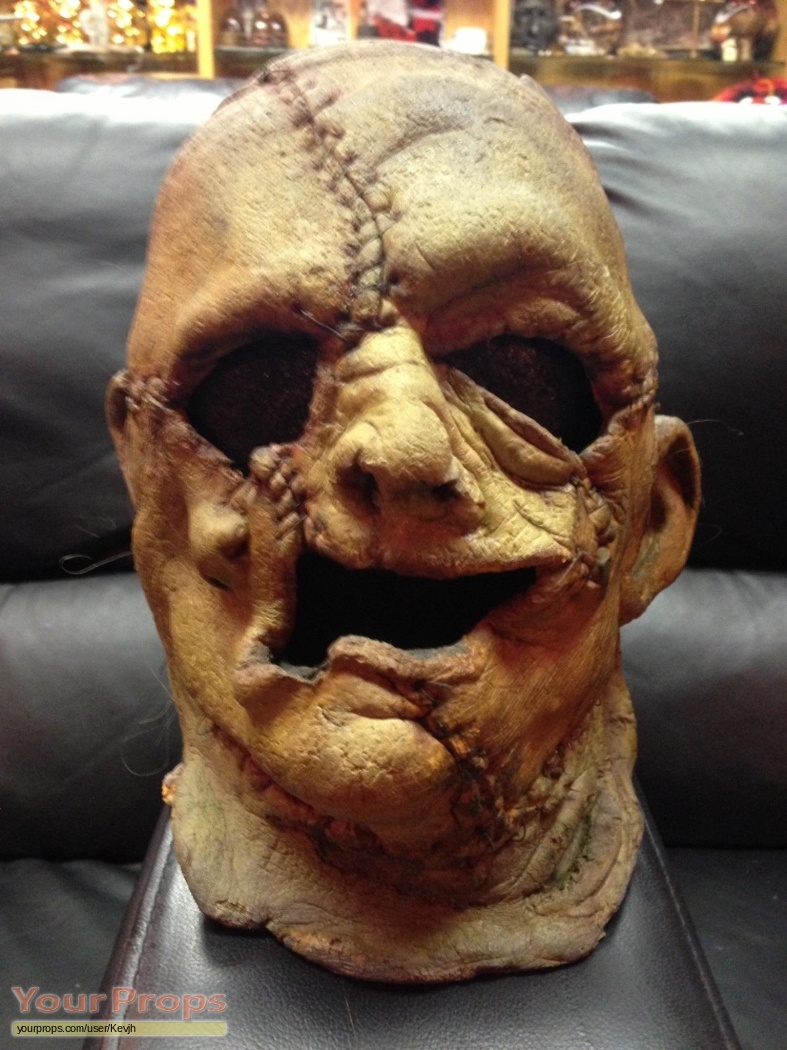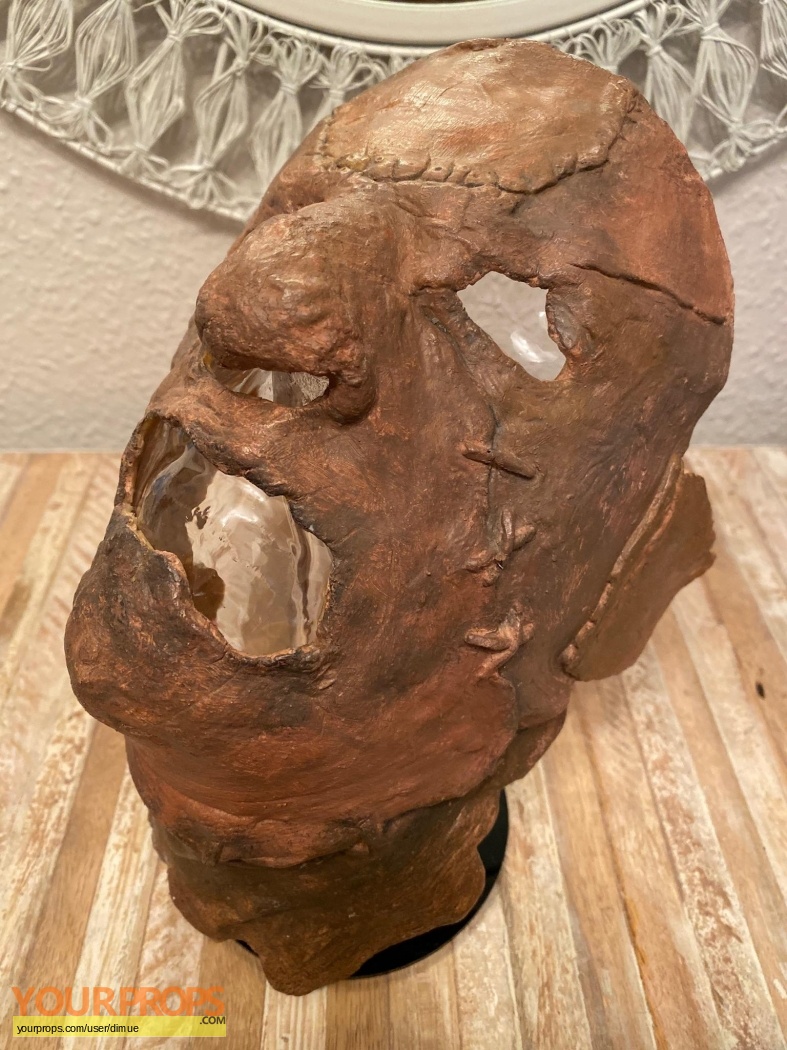

- #THE TEXAS CHAIN SAW MASSACRE MASK HOW TO#
- #THE TEXAS CHAIN SAW MASSACRE MASK SERIAL#
- #THE TEXAS CHAIN SAW MASSACRE MASK SOFTWARE#
- #THE TEXAS CHAIN SAW MASSACRE MASK FREE#
The papier mâché support nested into the underside of the mask. Morgan Burgess trims the papier mâché support. Trimming at the eyes and mouth was done so that the support cannot be seen when viewing the mask, meaning that the support can remain under the mask at all times and under all circumstances – a decision made with future display in mind. Once dry, the support was removed and tested against the original mask.
#THE TEXAS CHAIN SAW MASSACRE MASK FREE#
Next, small strips of acid free art paper were saturated with wheat starch paste and molded to the contours of the 3D form in a papier mâché method. First, a barrier layer of Glad Press N’ Seal was applied to the 3D printout to facilitate an easy release of the support. From the model, we were able to fashion a support that perfectly conformed to the topography of the brittle and distorted surface. The 3D printed model provided accurate dimensions of the mask. Once processed, the digital model was 3D printed in a Polylactic Acid (PLA) biodegradable thermoplastic filament with a Lulzbot TAZ 6 3D printer.
#THE TEXAS CHAIN SAW MASSACRE MASK SOFTWARE#
The software offers a live view of the scanner’s data acquisition and generation of the digital model allowing the user to see its creation in real time. The digital model of the Leatherface mask was processed in VXElements, a proprietary software compatible with the scanner. More points and triangles within your mesh result in a high resolution or high-fidelity model.

The points are connected to form triangles which creates a digital mesh. The detected deformations allow the accurate triangulation of points as the information is processed by algorithms written for the scanner and proprietary software.

In collaboration with the Digital Fabrication Lab in UT’s Art Department, we used a Creaform Go! 3D Scanner a handheld structured light scanner that projects patterned light (like a QR code) onto the surface of the object, while a detector picks up deformations in the pattern caused by the item being scanned. Three-dimensional technologies allowed us to create a scale replica from which the customized support was made. The solution: digitize it! Jose Perez holds the Creaform Scanner while Morgan Burgess rotates the mask.
#THE TEXAS CHAIN SAW MASSACRE MASK HOW TO#
The challenge was how to make a custom housing for an item that’s too fragile and distorted. The mask, however, was too fragile to withstand the additional weight involved in casting a mold and too distorted to remove a cast without incurring physical damage like breaks and cracks. We wanted a support that would rest underneath and conform to the distortions of the collapsed face. Measures needed to be taken to prevent further deterioration and to reduce any undue physical stress on the original materials. The mask had been stored flat in a box and had become brittle in this position over time. The goal of our conservation efforts was to preserve the mask as it is currently and to prevent further collapse or future breakage. On its own, latex will become brittle while the additives could potentially accelerate any chemical mechanisms resulting in the overall deterioration of the mask. His specific recipes, product brands, and additional materials remain unknown. In order to achieve a lifelike texture, Burns used layers of latex rubber, mixing in a brown fiberglass insulation material into the liquid latex, and casting the mixture into molds taken from the faces of friends. The mask in the Ransom Center collections is likely a test mask made by Burns as he experimented with different materials and techniques to achieve the final product. The masks of Leatherface were created to look like human flesh as they represented the faces of Leatherface’s victims. Among these props is a mask created by art director Robert A.

It is fitting then that a collection of materials from the film, including several props, reside in the Harry Ransom Center collections. The film was made on a modest budget using amateur actors and filmed just outside of Austin. The Texas Chainsaw Massacre was co-written and directed by Tobe Hooper, an American director, screenwriter, producer, and native Austinite.
#THE TEXAS CHAIN SAW MASSACRE MASK SERIAL#
The hitchhiker is the brother of a chainsaw wielding, cannibalistic serial killer called Leatherface, a name born from his grisly habit of creating and wearing flesh masks from his victims. They find themselves at the hitchhiker’s family home where they are thrust into a world of terror. The film follows five teenagers on their way to visit a desecrated grave when they pick up a hitchhiker. While you may not have seen it, you’ve almost assuredly heard of it. I have yet to encounter someone who doesn’t know of the 1974 horror classic The Texas Chainsaw Massacre. Explore the Harry Ransom Center, search digital collections, or plan your visit.


 0 kommentar(er)
0 kommentar(er)
